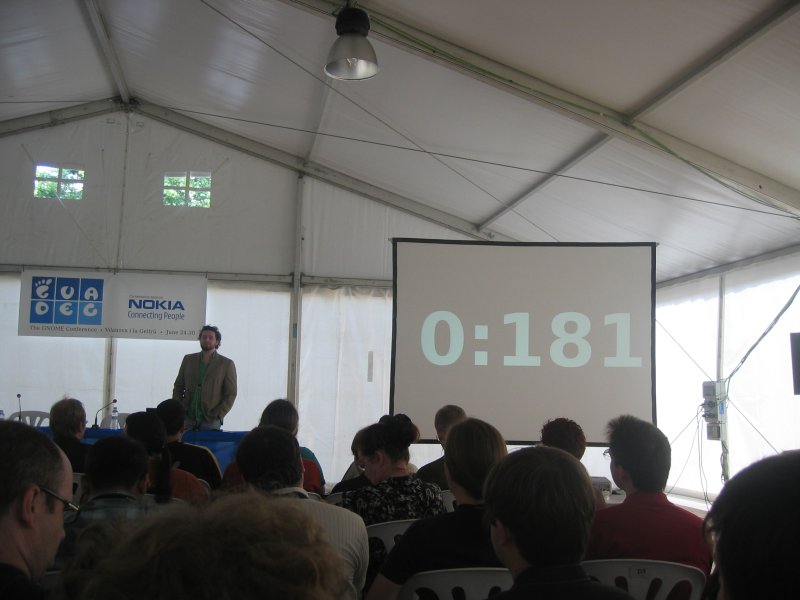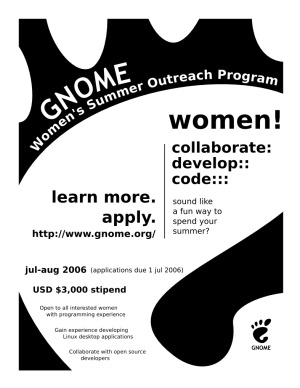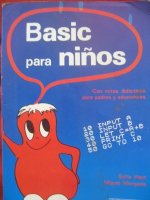In our way to create the semantic web, one interesting thing to do is to increase the amount of metadata contained in the online documents. A good use-case for this is licensing information. Would not be nice to search the web for a given material specifying that you only want to look into free(dom) documents? Currently that is not easy, mainly because most of the people only include licensing information inside the document text, making very hard to parse it.
Following these thoughts, a couple of days ago I learned about how to include metadata about a Creative Commons license in a PDF file generated using LaTeX. The PDF format supports the addition of XMP metadata, and so does LaTeX, so the process is very simple.
From the Creative Commons website:
Many Adobe applications support embedding XMP metadata in files, most notably PDF documents. The Creative Commons licensing process offers an XMP template which may be used to mark documents with Creative Commons license information.
Note that a licensed PDF document should include a visible copyright notice as described in how to tag works in addition to embedded metadata.
After choosing the rigth license, it is possible to save all the license information in a XMP data file. In order to add that metadata to a PDF generated with LaTeX, it is enough to add two lines before the beginning of the document:
usepackage{xmpincl}
includexmp{xmpdatafilename}
The license information is included as XML data at the beginning of the PDF file as can be easily checked with any text editor.
The xmpincl module for LaTeX is only available in a experimental Debian package, but it can be manually installed from here.
Unfortunately, most of the GNU/Linux applications -including Evince– do not seem to be able to visualize that kind of metadata yet.


